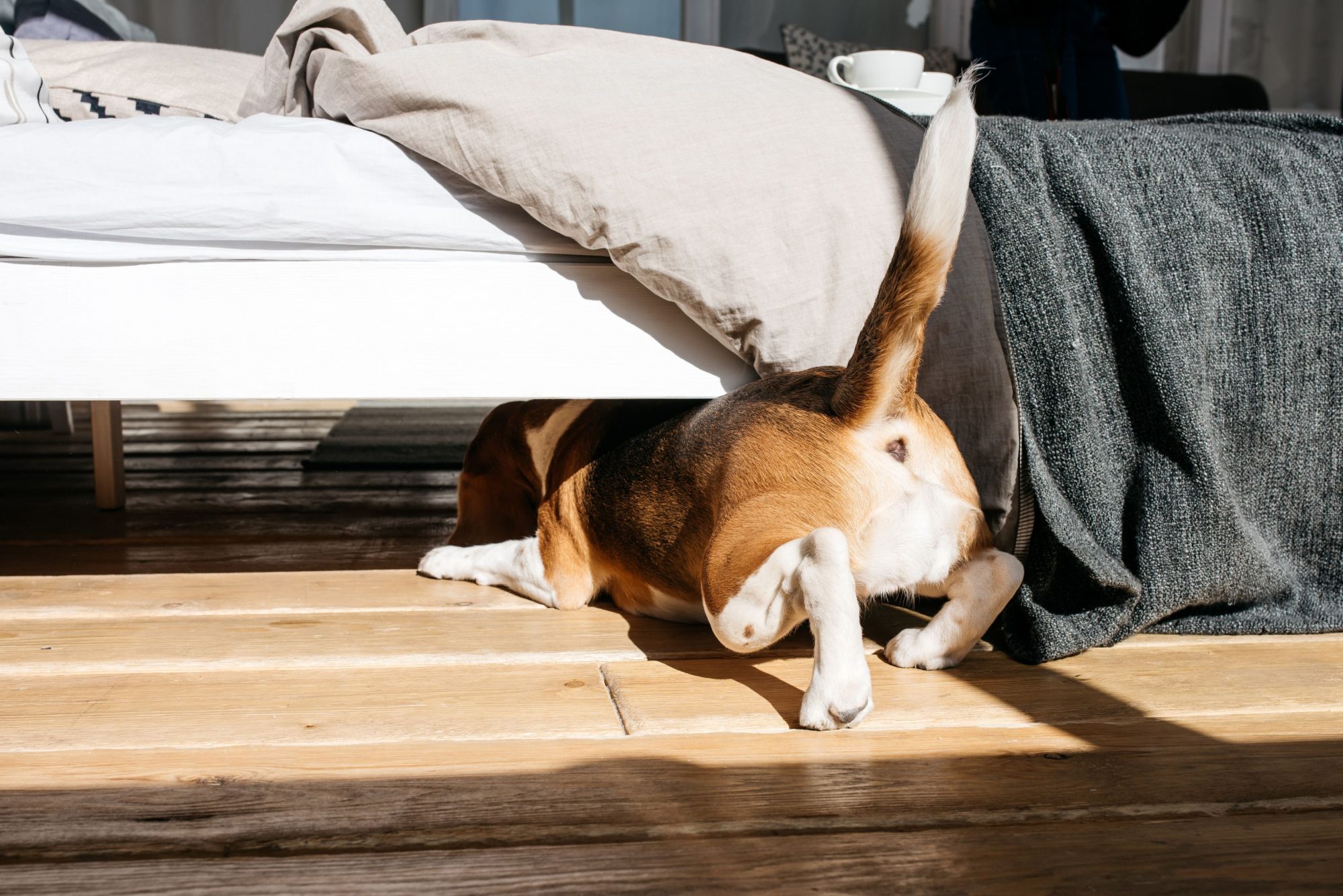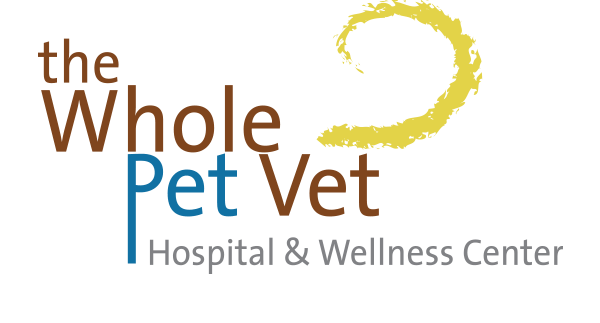Your Pet’s Anal Glands and Where to Find Them

Anal glands are located on either side of your dog’s rectum. When your dog defecates, the glands express a uniquely scented fluid onto the feces that identifies your dog from any other. When you see dogs sniffing the backend of another dog, they can tell from this scent if they’ve met before, if the dog is healthy, aggressive, and more!
Signs Your Dog Has Anal Gland Problems
Some dogs are prone to anal gland issues. If your dog is dragging its behind as though to clean his backside or if he smells fishy or musty, the anal glands might be full, obstructed, or infected. If this is happening, the next step is to empty the anal glands. These fluids are released by manual manipulation called expression. Signs your dog may need anal gland expression are:
- Scooting or dragging his rear end
- Excessive licking of the anal area
- Showing discomfort, pain, or straining when defecating
- Leaking smelly fluid
- An unpleasant fishy or musty odor
Reasons for Anal Gland Problems in Dogs
If your dog is having anal gland issues, it may be that he’s simply built that way. Sometimes a dog’s anal glands are not positioned close enough to its rectum to be pressured into releasing fluid when your pet has a bowel movement. Other reasons for anal gland problems could be:
- Obesity
- Loose stools
- Allergies
- Underlying gastrointestinal conditions
At The Whole Pet Vet Hospital and Wellness Center, we want to see your pet if you notice increased problems with your dog’s anal glands. We offer nutrition education if your pet is obese or may not be getting enough fiber in his diet.
Anal Glands and Your Dog’s Health
It is important to your dog’s health to have anal glands expressed when needed to prevent the formation of an abscess. This can lead to minor surgery, increased risk of infection, and prescription medication. If there are no signs of anal gland problems, there is no need for expression.
If your dog is prone to anal gland issues and showing signs that his anal glands are full, you can learn to express them at home, take your pet to an experienced groomer, or bring your pet to us at The Whole Pet Vet Hospital and Wellness Center. We will determine if your dog has any health-related issues, such as a gland obstruction or an infection.
Learn How To Express Your Dog’s Anal Glands
If you know that your pet does not have underlying conditions or contributing factors such as obesity or a low-fiber diet, you can learn how to express problematic anal glands at home. Ask your veterinarian or groomer to demonstrate the procedure before trying this on your own. The smell alone may be reason enough to refer this task to the professionals!
We’re Here for You and Your Pets
At The Whole Pet Vet, we encourage you to share your concerns and questions about pet health. We offer holistic and traditional approaches to pet health care and believe in helping your pets live their best lives. Please contact us to schedule a wellness visit. Our experienced staff is here to welcome you and your pets!
